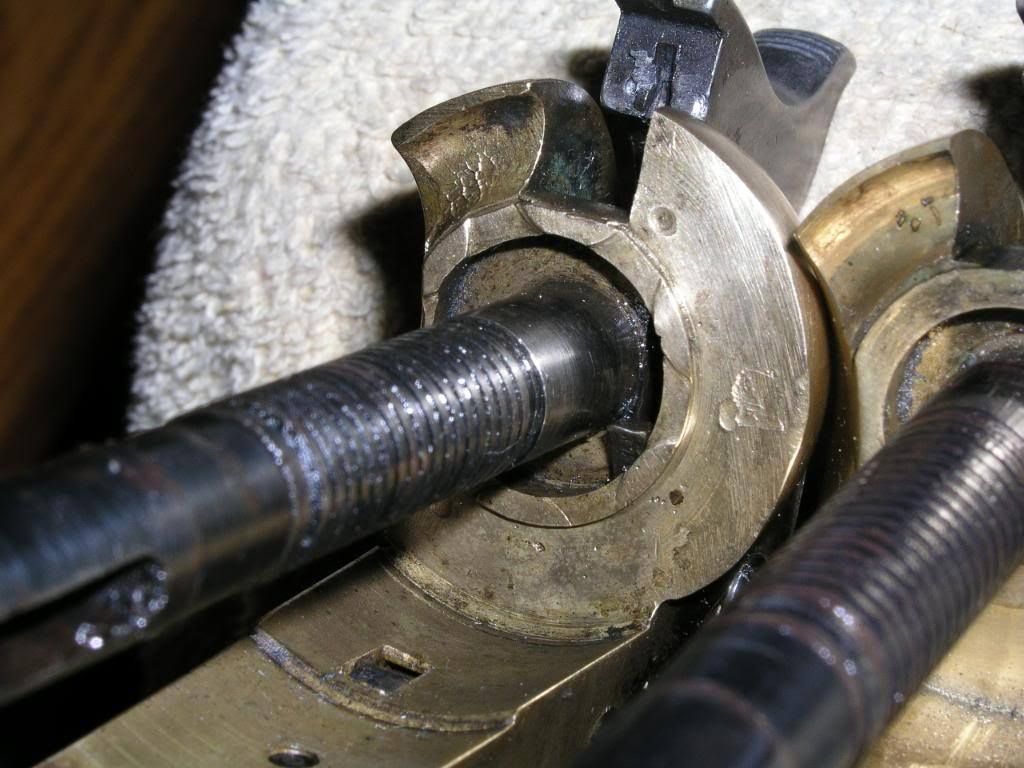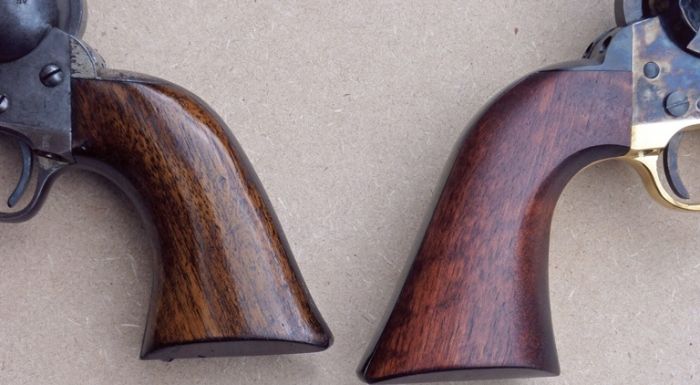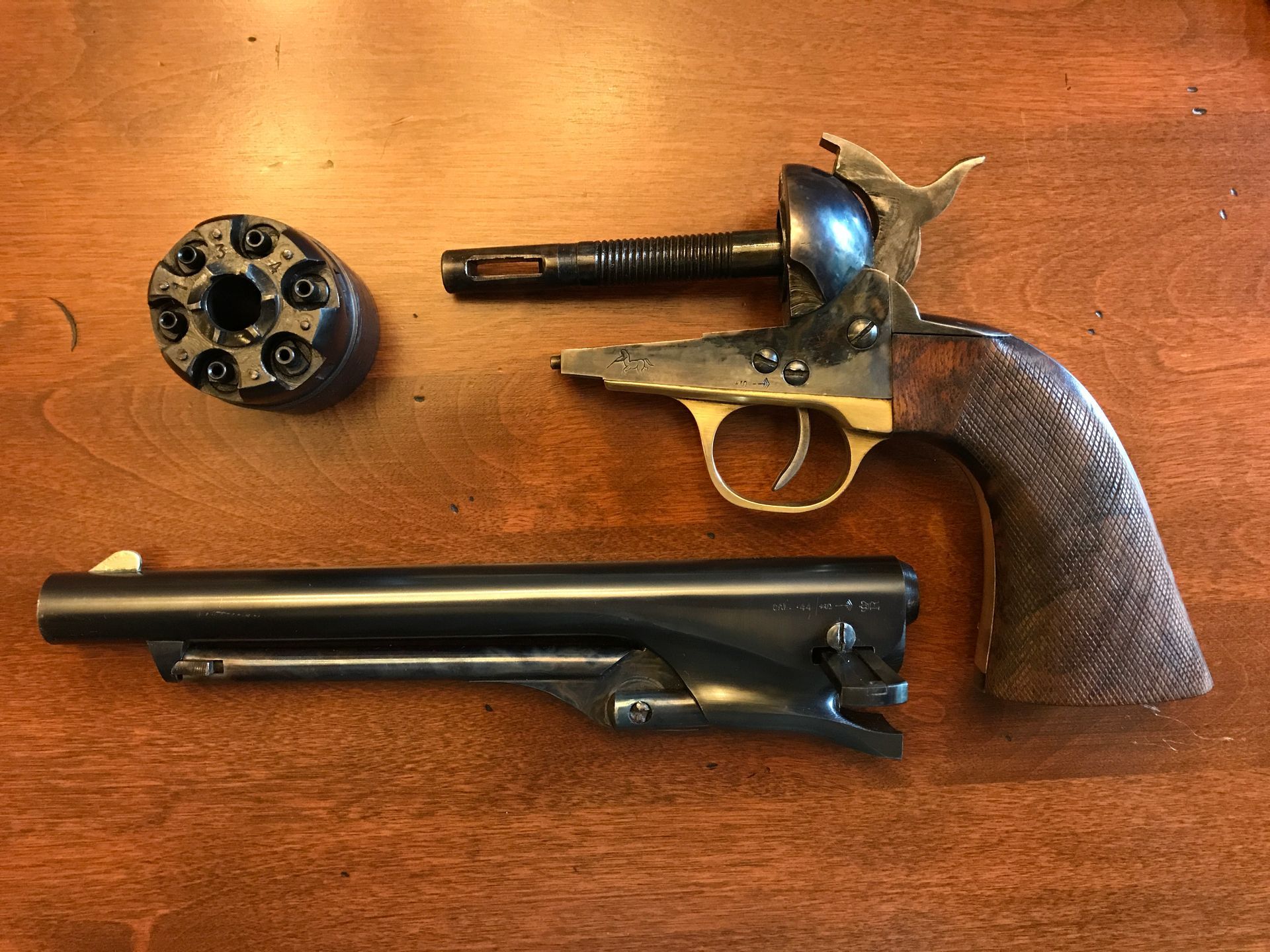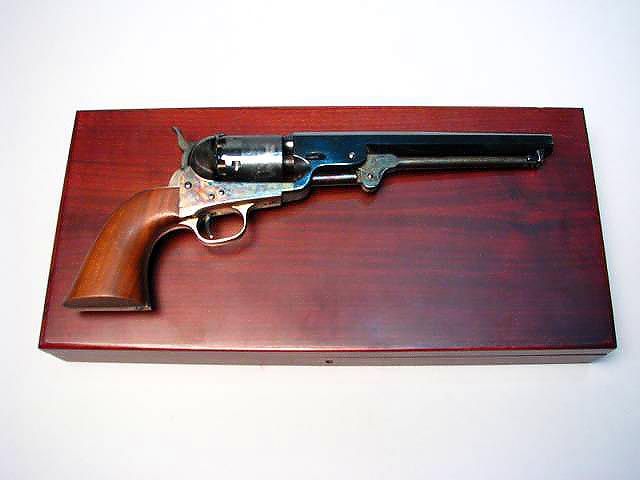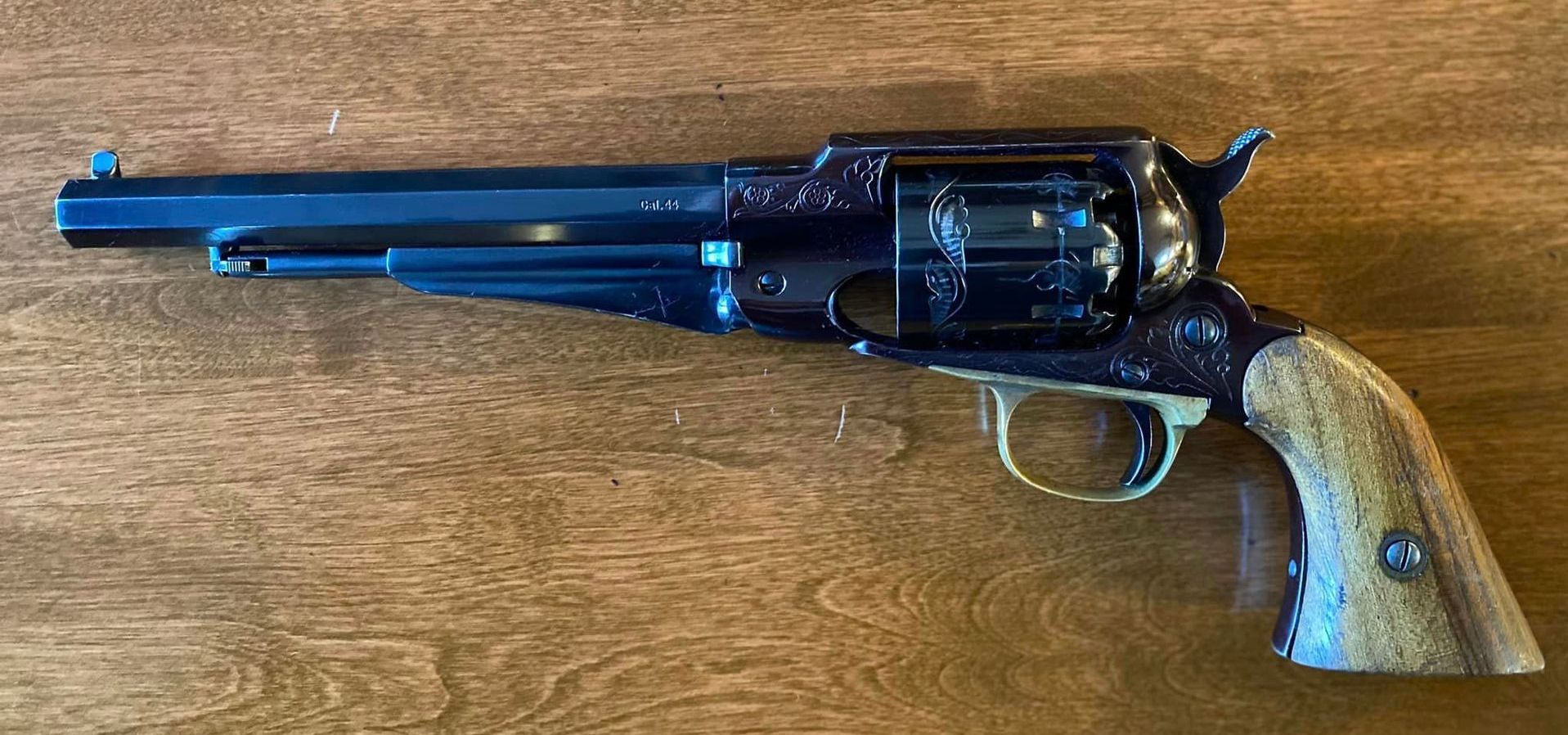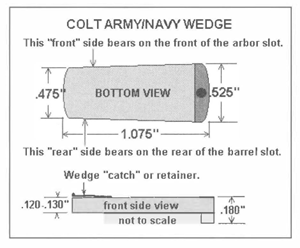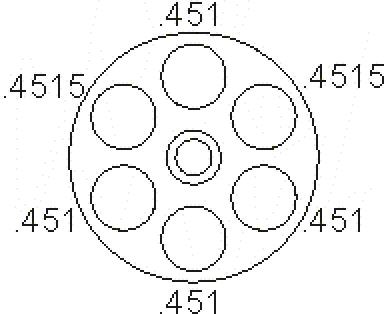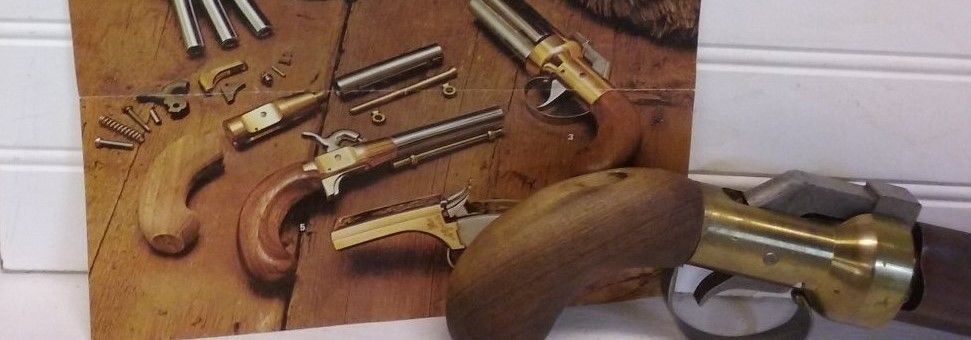Historical Use of Wads in Percussion Revolvers
The Historical Use of Wads in Percussion Revolvers
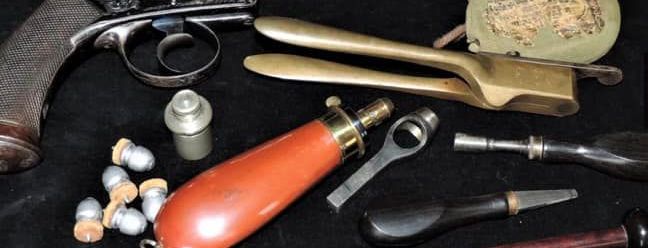
While engaging in research in the historical use of wads in percussion revolvers we find the most detailed use of wads in John Deane's "Deane’s Manual of the History and Science of Fire-arms" published in 1858. He is quite definitive in his explanation of using wads in both revolvers and shotguns and in regards to the use of felt wads, and substituting cork instead of felt.
"Cork, an almost everywhere obtainable" article, will afford a very servicable wad, and indeed, if cut with the punch and knife, of the thickness of the finger (in width all wads should exceed the diameter of the bore by 1/8 of an inch)* and forced down the CHAMBER (emphasis added) or barrel, [shotgun] from its compressive and elastic nature it will fill the chamber or bore of the barrel as hermetically as the best artificially manufactured wadding, prevent all escape of gas, and preserve the whole strength of the powder to the muzzle of the gun. From frequent experience, when unable to procure the manufactured wadding, and requiring a better substitute than the before- mentioned kinds, we have found it effective in giving good ranges and strong shooting, while it has the important advantage of an elastic friction, which combined with its cellular fibre, clears and carries away with it the powder residuum out of the barrel, diminishing, thereby considerably, both the recoil and fouling of the gun. Those who habitually punch their own wads, from sheet, wadding, paste board, felt, & cork, would find this worthy of their attention. Cork of the thickness designated, may be purchased ready cut in convenient lengths at the shop of any cork cutter in most large 'towns. While adverting to the use of the punch as applied to the cutting of felt wads, two small notches made on both sides of the diameter of the punch so conform the wad, that its descent to the bottom of the barrel is facilitated, admits of the free revulsion of the gas after the combustion of the previous charge, and its uninterrupted issue by those small indentations in the periphery of the wad. In the manufactured article of wadding, we must do justice to the superiority of those of English make over all that we have met with abroad. The chemical wad of white wool, derives its superiority from the mixture of grease and stearine coloured with orcanet, with which it is imbued. It cleans the gun most effectively, and lessens thereby the recoil ; facilitates loading, and keeps the barrels in a regular shooting condition for a long time. The well known thick concave wad of Messrs. Eley is also good for many reasons — its thickness, by interposing some substantially filled space between shot and powder charge, diminishes the recoil — the concavity of its form drives the shot in an uniform manner before it, and tends to lessen their friction against the sides of the barrel — from its duplex features of concavity and length, it cannot like the flat wad take a rotatory movement in its passage to the muzzle, and from its confining the gas more effectively and in a more restricted space it imparts a more concentrated impulsion to the shot, cleaning the barrel equally with the chemical wadding, being prepared in a like manner — but it is only adapted for a powder wad, for put upon the shot it increases the recoil very sensibly, and not the range. Mr. Wilkinson's metallic wad has the merit assigned to it of cleaning the barrel effectually, and keeping the shot well together. In exceptional cases its use may be advantageous, viz., in a long day's shooting, used now and then to cleanse the barrel ; but as a frequent appliance, we should think it deterioration of the bore, yet far preferable in many respects to Walker's thin metallic scraping wad."
Deane's writing gives details on the use of wads in revolvers and shotguns and why they should be used. We now know that lubed wads were used at least as early as the writing of Deane's book in the mid-1850's.
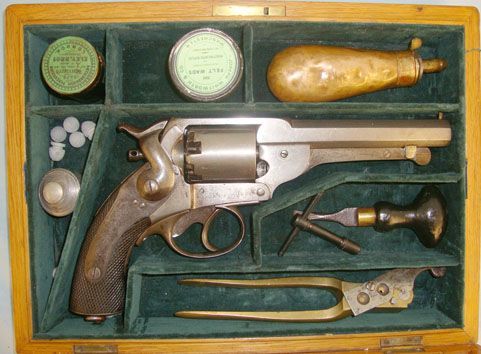
In the photo above of the Kerr revolver, we actually see a tin of felt wads from Whitworth & Co. included in the original cased set. These were also used in the Whitworth rifle. And in the photo below some sets included lube for both bullets and wads.
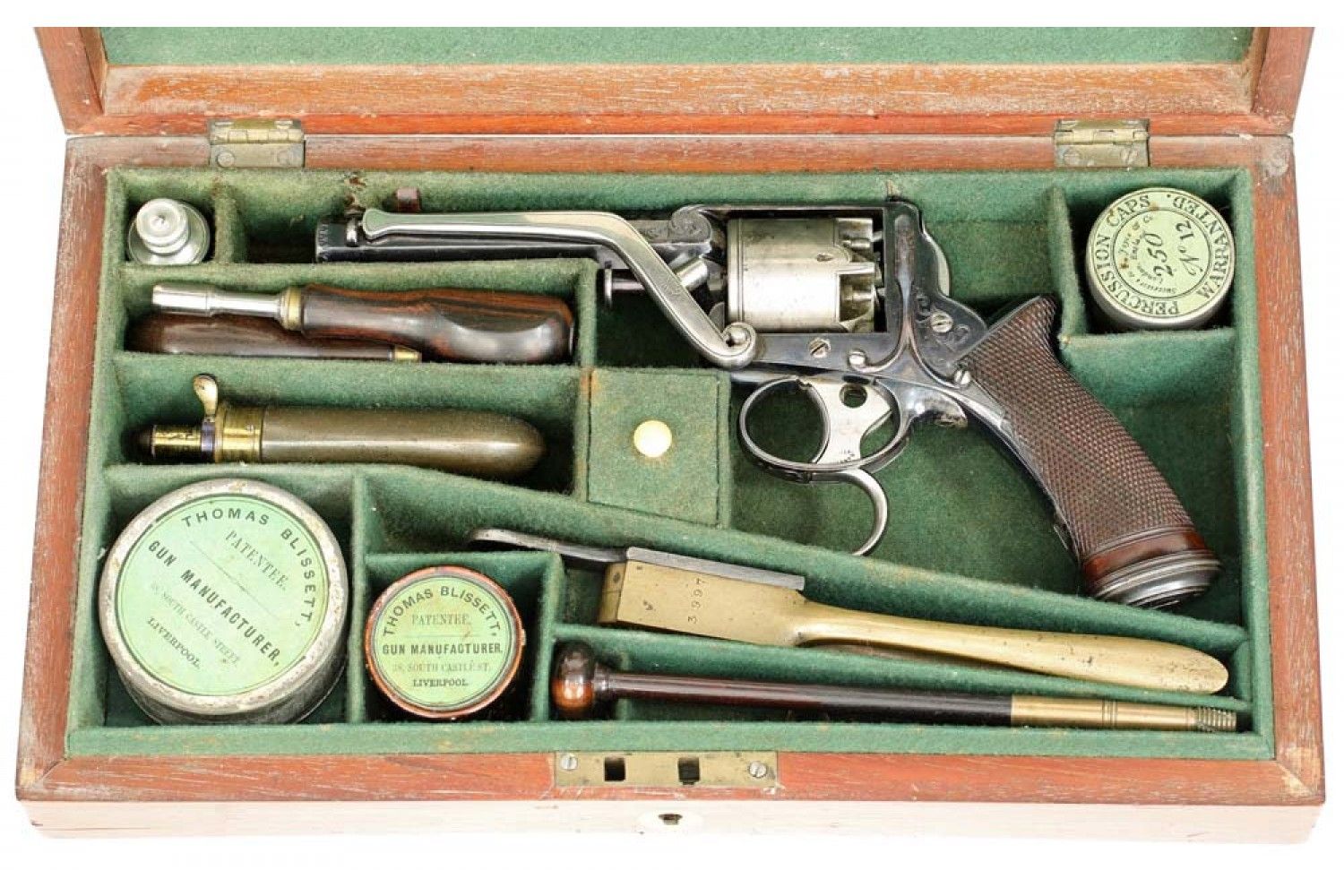
It is important to note that the first the Deane and Adams revolver was greatly indebted to the wadded ball. It was the wad that was attached to the tang of the bullet that protruded from the base of the bullet that kept the ball in place since it had no loading lever or rammer and was loaded by hand. Below we can see the procedure for loading the wadded ball.

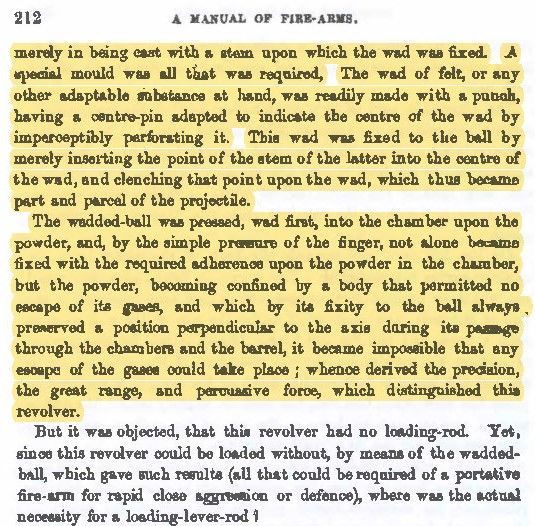
Below we see the actual wadded balls on the bottom left of the photo.

Later improvements of the Adams revolver added a loading rammer to the left side of the barrel on the revolver as we see on the Tranter revolver below, but they continued to use the lubed wad as part of the load.
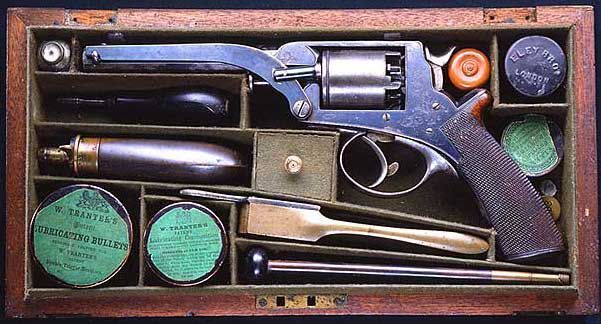
Today, many collectors of reproduction revolvers continue to use lubed wads with round balls and with conicals in their revolvers and some do not. Those that do not generally cite the original Colt loading instructions that indicate not to use any wadding. Wadding, as opposed to a singular wad, was typically used in rifles, and we are not sure that was the referenced term used in the Colt loading instructions here.
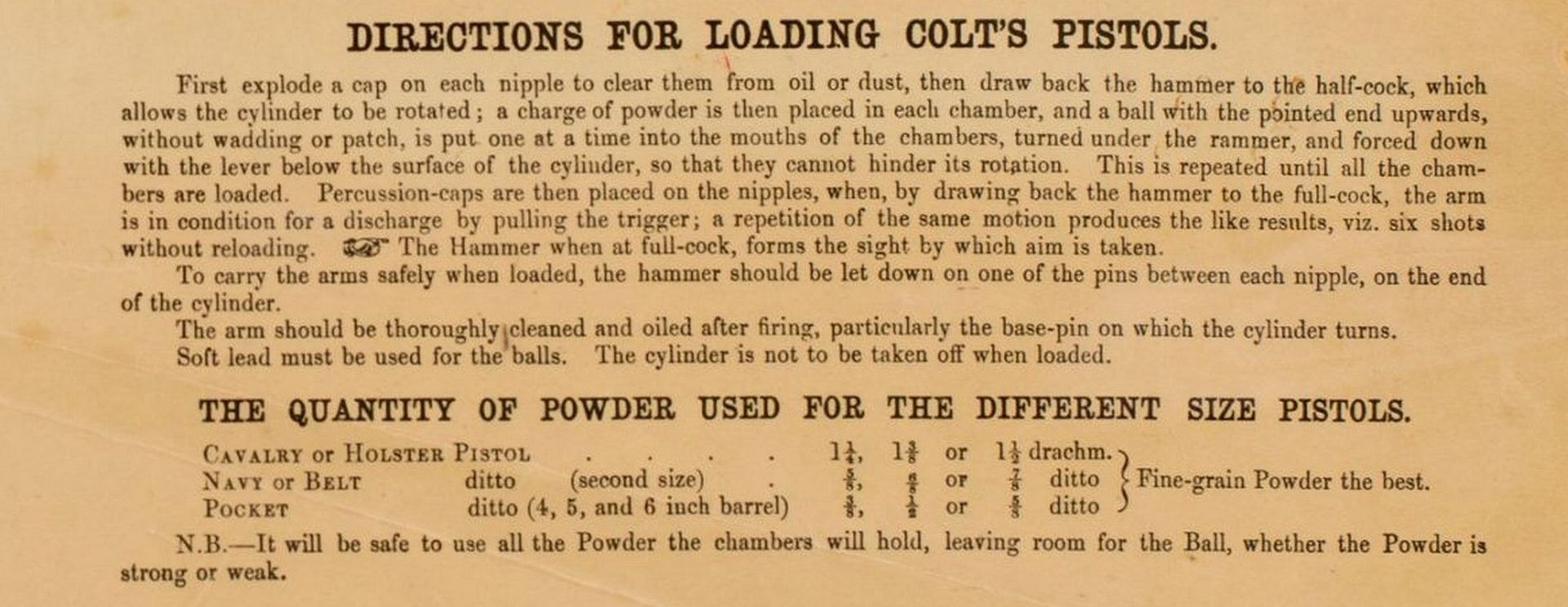
But we do find reference to the use of wads in Colt revolvers in the Charles Pate text "The Colt Walker Army Revolver. In the spring of 1850, it seems that Gen. Brooke had written to the AG requesting arms including Colt revolvers. The Secretary had approved the issue limiting it to only 50 Colt !st Model Dragoons. Prior to this, Gen. Brooke had requested that if the Colt revolvers (referring to the Dragoons) could not be supplied, he wanted the ramrods of his existing revolvers lengthened so that the ball would "...be driven down upon the powder with certainty". By this time, the conical ball had been universally discarded because it had been found to be too difficult to load and less accurate to fire.
Regarding the comments about "lengthening revolver ramrods, COO Talbot, the Chief Ordnance Officer, indicated "it is not deemed proper to lengthen the ramrods of Colt's revolvers as this would prove injurious to the use of the arms. All that is necessary is to place a wad over the powder when a round ball is used, which will accomplish the desired objective". Evidently, the use of wads with the Dragoons must have become a common practice.
The main point of using wadding from a historical perspective was to keep fouling down in the barrel and around the cylinder and as a filler, as in the Dragoons. The early British revolvers were predominantly top frame revolvers that would have fouling collect around the top frame as well as in the barrel. We see this issue today with the Remington New Army revolvers. The Colt revolvers, being open top, seemingly did not have this fouling issue and therefore, Colt recommended wads not be used later on. The Colt revolvers also have a larger arbor that has grease grooves for lubing the arbor to reduce fouling where the Adams and Remingtons did not.
So there is historical evidence of lubed wads being used, especially with the British percussion revolvers. So to indicate that lubed wads were not used in the mid-1800's would be an error.
References:
Deane, John, Deanes' Manual of the History and Science of Fire-Arms, 1858 pp. 166-167, 211-212
Pate, Charles W., The Colt Walker Army Revolver, 2020, pp. 50-51


